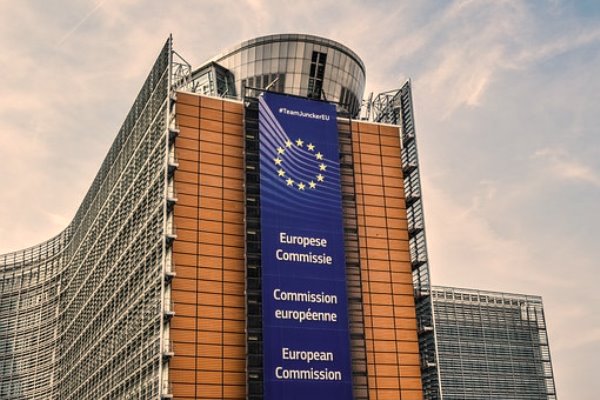The EU Commission plans to introduce maximum levels for the sum of 3-MCPD (expressed as the sum of 3-MCPD fatty acid esters and free 3-MCPD) and glycidyl fatty acid esters in composite foods (end products).
The EU Commission and the Member States have been discussing for years whether maximum levels for 3-MCPD, the sum of 3-MCPD fatty acid esters (3-MCPD-FE) and free 3-MCPD, as well as for glycidyl fatty acid esters (glycidyl FE) in vegetable fats and oils, fish oils and other oils of marine origin.
A new proposal has now been submitted to the associations. It provides for maximum levels for the sum of 3-MCPD (sum of 3-MCPD fatty acid esters (3-MCPD-FE) and free 3-MCPD) and glycidyl fatty acid esters in all composite foods with a fat content of more than 5% containing vegetable fats and oils, fish oil and other oils of marine origin. The maximum levels refer either to the fat content indicated on the packaging or to the analytically determined extracted fat. They correspond to those for the oils used.
Critics point out that this does not consider that some ingredients already contain free 3-MCPD (e.g. soy sauce), that some additives may also contain 3-MCPD-FE and glycidyl FE, and that 3-MCPD or glycidyl FE can also be formed during heating (e.g. frying).
YOUR PLUS: While discussions among stakeholders have only just begun, we are keeping an eye on further developments for you and will inform you in good time if new regulations are finalised.
Author: Dr. Frank Mörsberger AGROLAB GROUP

 Contact
Contact

 Contact
Contact Career
Career